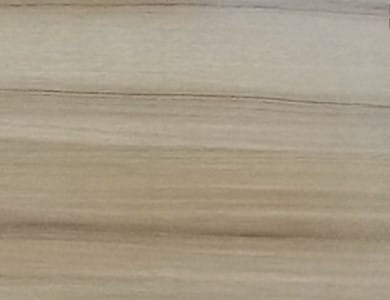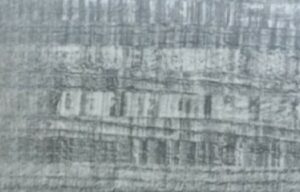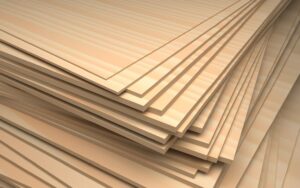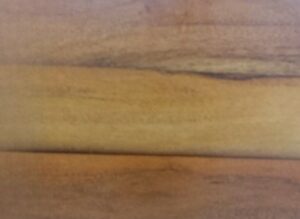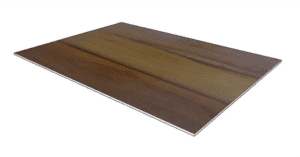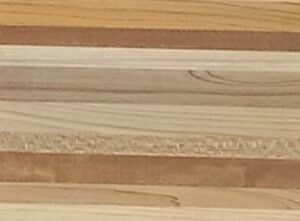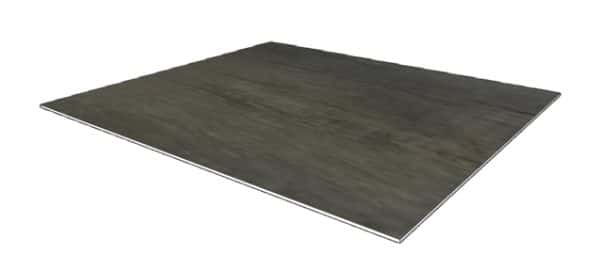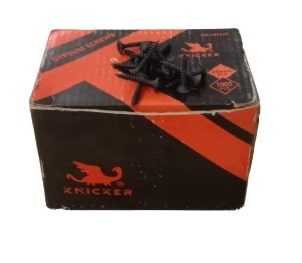Medium Density Fiberboard (MDF) is an artificial wood product. Wood residuals are used to make an MDF board. It has a large-scale use in furniture making. Therefore to provide a clear understanding of MDF boards, the advantages of MDF and disadvantages of MDF are discussed below.
Advantages of Medium Density Fiberboard (MDF Boards)
There are many MDF advantages. These benefits of MDF have made it very popular around the world. Major advantages of MDF boards are discussed below.
Medium density fiberboard has economic value to common people as it is cheaper at cost and inexpensive. So, they are within everyone’s reach to purchase.
MDF saves trees as MDF materials are produced from a recycling process.
It is easy to take any color where wood takes long tenure for staining different colors
Medium density fibreboard does not have knots or kinks which disturb the smooth surface.
MDF is resistant to some insects as some chemicals are used for the processing of MDF.
It can be painted or stained and given a look just the same as real wood. So, it can replace the place of wood furniture.
Depiction on MDF sheets is easier than on wood.
To provide MDF with a look like real wood veneers, laminators may easily be attached to it.
Solid, dense, flat, stiff MDF wood is a good choice instead of wood.
Medium density fiberboard board has no grain as it’s not a natural product, it’s easy to cut, and drill without damage.
It has excellent machining character for its suitable density.
Details
> Length 8ft
> Height 2cm
> Width 4ft
Uses:
Furniture.
Cabinets and shelves.
Flooring.
Decorative projects.
Speaker boxes.
Wainscoting.
Doors and door frames.
Tradeshow booths and theater set construction.

